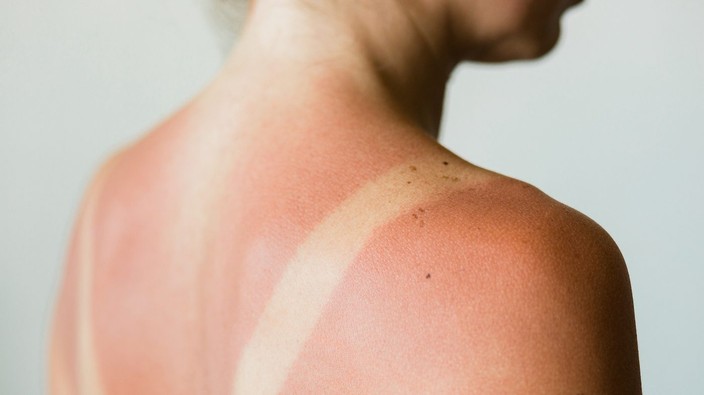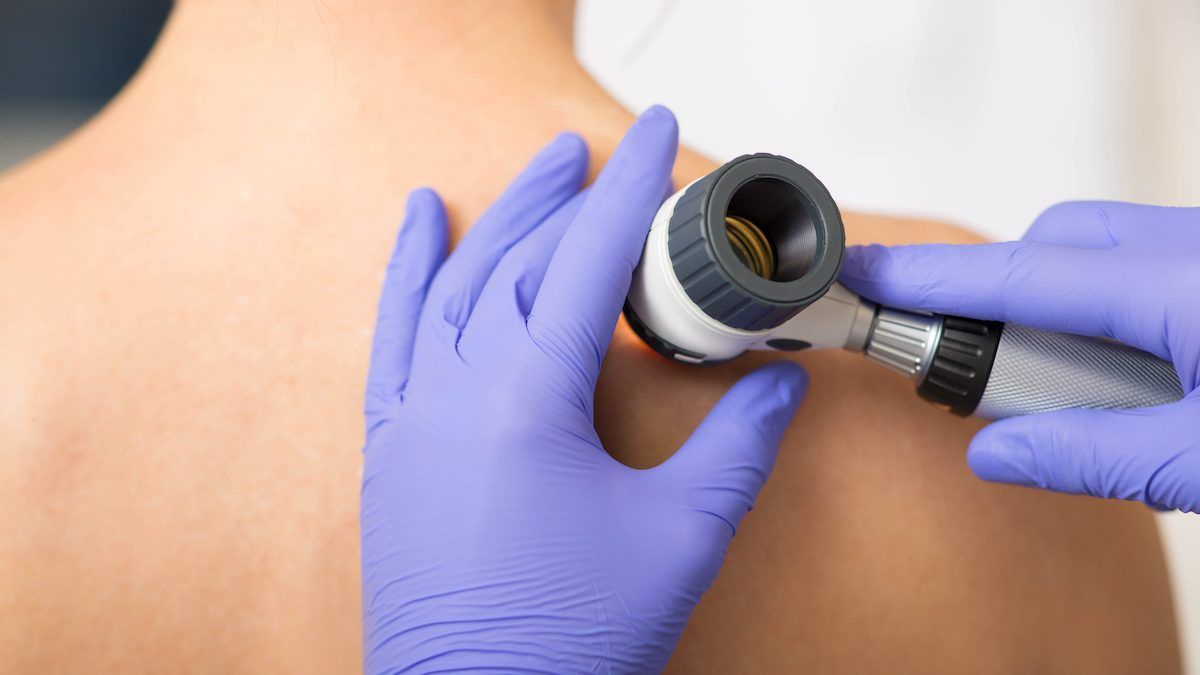skin cancer: do you know the signs?
skin cancer is the most prevalent form of cancer in canada, accounting for about one-third of all new diagnoses and rates still rising.
a 'tan' you can inject has health risks, including cancer
melanotan-ii is available online, even though it hasn't been approved for human use and carries health risks including nausea and skin cancer.
we know more about how moles become melanoma than we did last week
researchers have found that environmental signals dictate whether or not a mole progresses to deadly skin cancer.
 2 minute read
2 minute read









